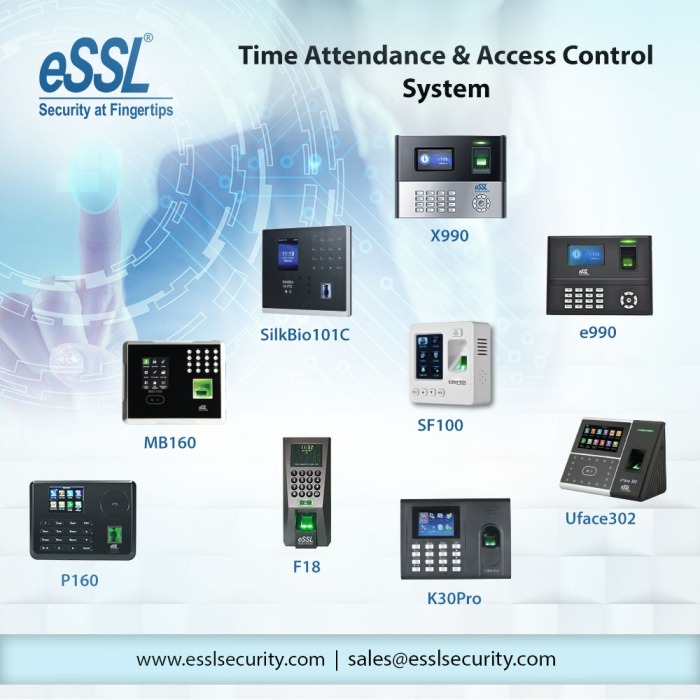Over the years, developments in operational efficiency and patient care standards have enormously transformed how healthcare institutions function. This is true in the case of both patients and medical professionals. A healthcare provider like hospital, clinic or diagnostic lab will consist of expensive medical equipment, inner wards, medicines inventory, etc. It is paramount for a hospital to restrict access of unauthorized persons to these areas. This is possible through the installation of access control devices across multiple zones inside a medical facility.
Integrated security management and visitor management systems can help hospital administrators to manage operations at multiple sites on a single dashboard. Let’s consider a hospital, where a lot of resources are required to monitor all patients in wards in a one to one manner. Palmetto Hospital in Columbia has introduced the Telesitter program, where a one on one patient sitter is replaced by a device. This is a Wi-Fi enabled device equipped with a microphone, camera, and speakers. The footages are accessible from the monitor room, from where the observers can alert the nurses as and when there is any necessity. Few hospitals also have infant protection systems in place where the mother and infant are connected using RFID tags. This helps avoid errors like accidental switching and abduction of newborn babies caused due to manual methods.
Highly developed countries like the United States have a centralized database of patient records through which doctors can cautiously treat patients by knowing his/her medical history along with their insurance details. This system comes handy especially in cases of emergency. It also makes consequent visits seamless and efficient.

Along with visitor management, data breach has also become a daunting issue for hospitals. Healthcare institutions are striving hard to overcome this vulnerability. This has led to the need for a balance between patient data security and productivity. Studies have proven that automation in the field of healthcare services like RPA (Robotic Process Automation) can increase referral rate, decrease acquisition cost and also increase revenue. Automation in every aspect of the healthcare provider’s value chain can revolutionize the service into world-class quality.


 Face recognition systems can be made to work using just software but fingerprint enabled systems do require a combination of both hardware and software. This will further increase the cost of implementation. So, to implement facial recognition in a smartphone, all the manufacturer has to do is invest in good face recognition software.
Face recognition systems can be made to work using just software but fingerprint enabled systems do require a combination of both hardware and software. This will further increase the cost of implementation. So, to implement facial recognition in a smartphone, all the manufacturer has to do is invest in good face recognition software.